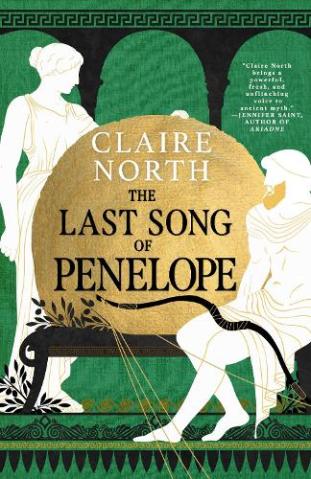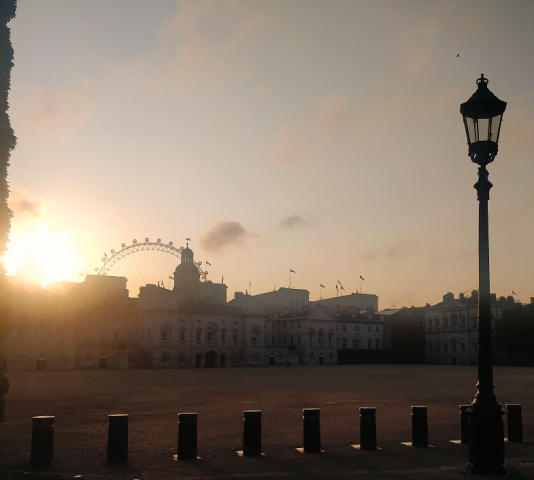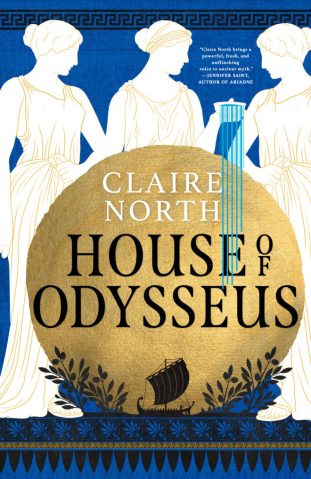Writing Battles

A very friendly drunk man, learning that I wrote books for my living, once turned to me and exclaimed,
“Christ, I’m writing a book too! It’s going to be incredible!”
At these words, a polite smile naturally locked itself onto my features. For 45 minutes I listened as he told me all about his imminently awesome book, before finally he turned round and said,
“… so what do you write about?”
“I’ve just finished topsecretproject3. One of the hardest bits in it was writing a battle.”
“Jesus, I know, I know! The sword clashed against each other, the screams of the dying, the axe falls, the cavalry charged, men fought, sweat and blood and the stamp of foot, the trumpet sounds, the drum beats, epic – epic! That’s the way to do it!”
At this I fell judiciously silent again, since, not to put too fine a point on it, that was precisely the kind of battle I hadn’t written. Don’t get me wrong, I love writing a good epic battle, and it’s a noble venture that has its place in so many different kinds of book. Alas, topsecretproject3 isn’t that book. It’s narrated by a first-person character who describes a night attack, and while I might know that on the left the cavalry charged, and in the centre the cannon fired, one of the inherent joys of a first-person foot soldier in a night attack is that, odds are, they haven’t got a clue.
Mud. Mud and not quite knowing which way you’re turning now, are the predominant themes. I suspect my desire to write epic battle in this rather more parochial manner is a side-effect of studying history. As a student I loved primary historical documents – the diaries, letters, chronicles of people who were actually there – so much. I loved hearing the voices of the past writing about the then and there as the here and now that it once was. But one of the chief lessons learned in this was how deceptive those TV documentaries are where the course of a war is described by a coloured line moving across a map. Generals might stare at a map of the world and determine where to attack next. Colonels might then receive these orders and, observing the valley they’ve been sent to capture, determine which road into the valley is going to be most fortuitous. A Major, receiving the word from the Colonel that this ridge is their target, might then order this group to scout ahead and this group to trail behind, while to the infantry man on the front line the word might trickle down ‘go take that shed!’
This certainly is the impression you get from a lot of history. Records are soggy with the tales of people sent to fight in places they don’t know for causes they’re not too sure about for tactical reasons that aren’t fully explained. The writing of epic battle full of tactics and strategy and cavalry on the left etc. is wonderfully exciting, but actually there’s a certain literary strength in approaching a battle from the point of view of the soldier who waits, with orders to take that shed and no real picture of why. One of the most powerful images to emerge from the bloody and barbaric warfare of the 20th century was the moment the cannons would stop firing in World War One. For days artillery would blast away at an enemy position, and then they’d stop, and in that silence the order would be given for the attacking troops to go over the top of the trench. Culturally we associate the sound of cannon with horror and pain, but to the foot soldier, how much worse might that have silence been, when all things stopped.
Or to put it another way: sweeping imagery and epic description have their place in this context, but so too does the quiet voice of the tired soldier whose socks are wet and can’t quite work out where the enemy is in all this smoke.





